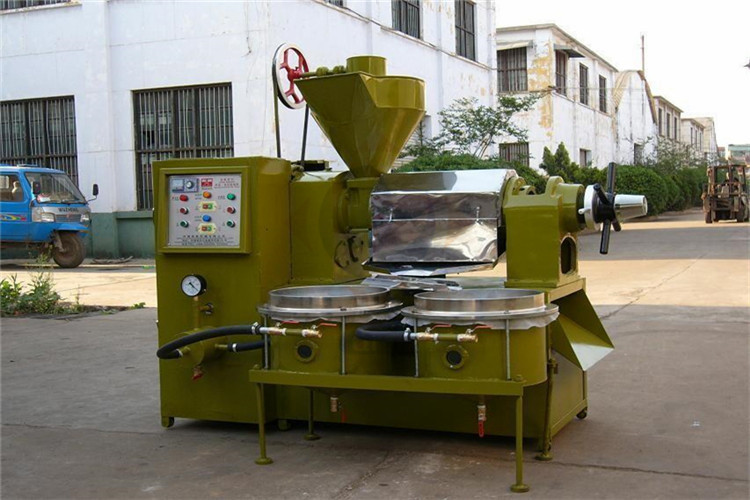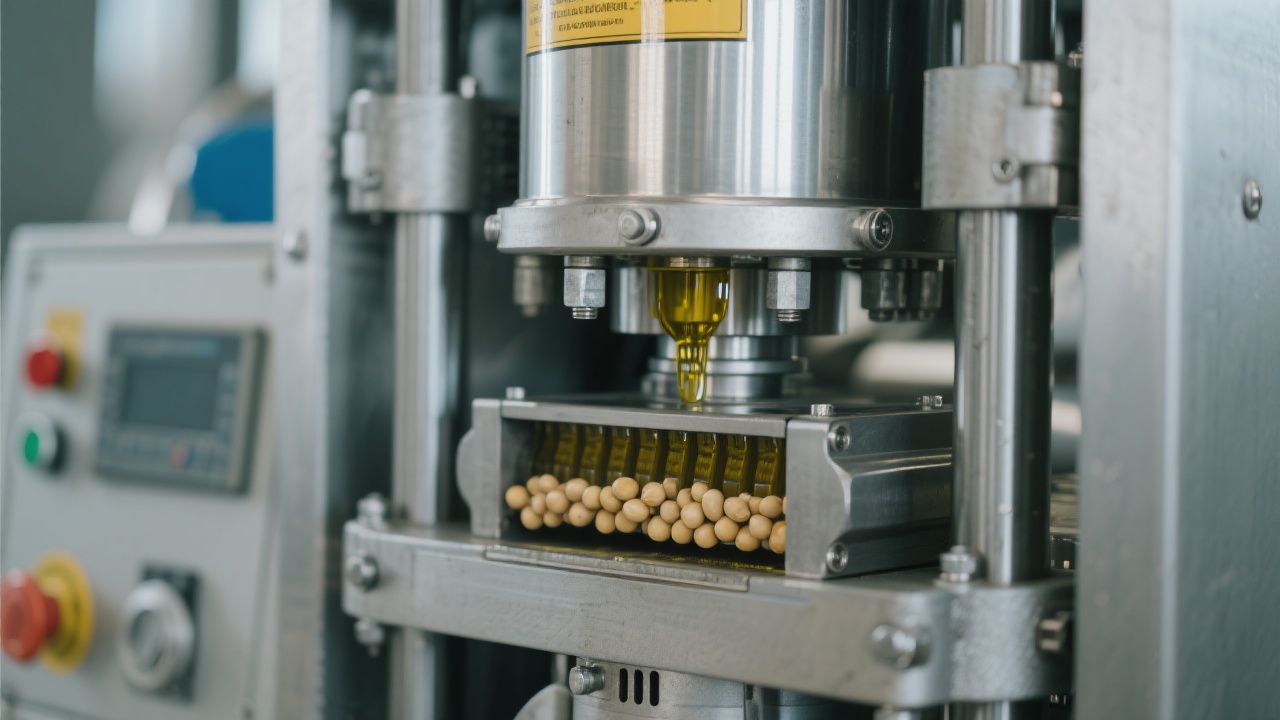
In today’s global agro-processing market, choosing between a helical screw press and a hydraulic press isn’t just about preference—it’s about operational efficiency, product quality, and long-term ROI. For exporters aiming to scale production while maintaining premium oil standards, this decision shapes your competitive edge.
A hydraulic press uses high-pressure pistons to squeeze oil from soybeans—like compressing a sponge under weight. It's effective for small batches but struggles with consistency at scale. In contrast, a helical screw press continuously feeds material through a rotating shaft inside a fixed barrel, applying steady mechanical pressure over time—a process similar to how a pasta maker extrudes dough.
Here’s what that means in real-world terms:
| Feature | Hydraulic Press | Screw Press |
|---|---|---|
| Avg. Output (kg/hr) | 300–500 | 800–1,500+ |
| Oil Quality Consistency | Moderate (batch variation) | High (continuous flow) |
| Maintenance Frequency | Every 3–6 months | Every 9–12 months |
| Energy Use per kg Oil | ~0.8 kWh/kg | ~0.5 kWh/kg |
These numbers reflect actual performance data from industrial users across Southeast Asia and Latin America—where reliability and throughput matter more than ever.
Modern buyers don’t just want oil—they want clean, ready-to-market oil. That’s why integrated filter systems are no longer optional. When combined with a screw press, filtration reduces post-processing steps by up to 40%, cutting labor costs and minimizing contamination risks.
“We saw a 27% drop in rejected batches within six months after switching to an integrated screw press system.” — Maria Lopez, Operations Manager, AgriTech Solutions (Mexico)
This kind of result isn't rare—it’s becoming standard in markets like Brazil, India, and Indonesia where export-grade purity is non-negotiable.

So which one should you choose?
The truth? Most successful exporters now run their entire production lines on screw presses—not because they’re flashy, but because they deliver predictable results when it matters most.

If you're serious about building a scalable, export-ready soybean oil business, it’s time to look beyond basic equipment specs. Ask yourself: Are you optimizing for volume—or for value?
Explore our latest models designed for industrial-scale soybean processing—with integrated filtration, low maintenance, and proven performance in 30+ countries.
Discover the Full Solution →
